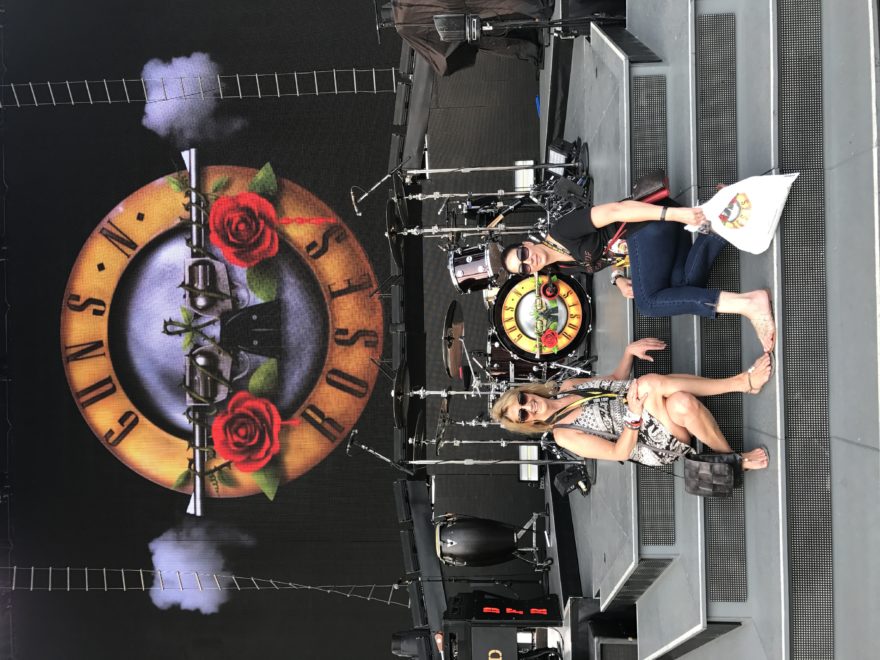As a follow up to my first article on Google, the internet and technology juggernaut whose innovations in search and advertising have made their brand one of the most recognized in the world, this update will focus on the leverage such dominance brings. Google core products, including Search, YouTube, Android, Google Play, Maps, Chrome, and Gmail, each have over one billion active users monthly. 2016 Net Income totaled $19.5 billion, up 19% to 2015, driven on 22% growth in Google Properties revenue, formerly referred to as Google Websites revenue. Gross profit margin was 61%, down slightly (1%) to 2015. Net profit margin remained steady at 22%, and the effective tax rate was 19%.
Taking a closer look at Google Properties revenue, 2016 revenue totaled $63.8 billion, comprising 71% of total Google revenue. While Google doesn’t currently disclose the product breakout in their public filings, there’s enough public information available to estimate the pieces. Analysts Eric Sheridan at UBS and Justin Post at Merrill Lynch both estimated You Tube revenue to be about $12 billion in 2016. I estimated Google Search revenue at $50.5 billion and Android at $1.3 billion. Google dominates the global search engine market, maintaining a near 90% worldwide market share since 2010, although they have lost a little ground recently, currently holding a little under 87%. Android revenues, driven on mobile ad revenue, experienced strong growth in 2016, with my estimate reflecting a 60% increase to 2015.
While clearly Search revenue dominates the Google revenue story, investors are now paying closer attention to YouTube as analysts have become very bullish on this product segment and project revenues to reach $20 billion in 2018, and $27 billion by 2020. Merrill Lynch now believes YouTube may reach a $90 billion valuation on a standalone basis. YouTube’s $90 million valuation.
The P&L success of the YouTube operating model finds its roots in the Digital Millennium Copyright Act (DMCA) of 1998, legislation enacted before user generated content sites like YouTube existed, and before the significant transformation in digital technology we enjoy today. Google’s YouTube takes full advantage of the DMCA “Safe Harbor” provision that provides full protection from infringement liability for content flowing through their lines. To qualify, Google must meet certain guidelines, including promptly blocking access to newly discovered infringing material, and terminating repeat infringers. However, the responsibility for surveillance and enforcement lies with the musical creator, not with Google. Most in the music industry view YouTube as a huge problem, a large global firm making billions of dollars, at the expense of the little songwriter who is struggling to survive.
Before we get into the latest key developments surrounding “Safe Harbor” protections for large powerful platforms, it’s important to note a recent operational change at Google’s YouTube, that also has a disparate impact on the songwriter with less than 10,000 YouTube views, and more importantly, that forces program loyalty provisions for all of their content providers. In 2013, Jack Conte, a struggling musician on YouTube, founded Patreon, a platform where musicians can post their content and find backers to support them. Content creators are projected to earn $150 million on the crowd funding platform in 2017. Digital Music News reports that in order for musical creators to add external links to their videos, to sites like Patreon and Amazon, they are now required to join YouTube’s Partner Program, which carries an additional requirement, of a minimum of 10,000 views. It’s important to note that most content creators on YouTube depend on external links to earn money, that Google’s YouTube controls 60% of all streaming audio business in the world, and that it pays for only 11% of total streaming audio revenue artists receive. 1
Wait, there’s more. Are you familiar with Senate Resolution 1693 Stop Enabling Sex Traffickers Act of 2017? This bills amends the federal criminal code to include those who benefit from “participating in a venture” that supports child sex trafficking, to be subject to the same consequences as those who are directly engaged in this criminal activity. To achieve the intended goal, the bill seeks to amend the Communications Act of 1934, specifically Section 230 on Safe Harbors, to remove the protections communication and content delivery companies currently receive, should a sex trafficker use their company’s internet platform to advance their cause. Since introduction, the bill has received wide bipartisan support and additional sponsors, as well as support from companies like 21st Century Fox and Oracle. However, pro-internet groups like the Center For Democracy and Technology and the Electronic Frontier Foundation, powerful organizations well funded and with close ties to Google and similar minded Silicon Valley internet firms, are against this legislation. They are concerned that the removal of the Safe Harbor provision, as it relates to child sex trafficking, will set a precedent and open the door for further erosion of Safe Harbor provisions that could ultimately impact the organizations whose causes they are advancing. Background on the Stop Enabling Sex Traffickers Act.
Huge thank you to the Association for Independent Music Publishers (AIMP) for a very informative panel discussion on these important matters, featuring Jonathan Taplin, Director Emeritus of the Annenberg Innovation Lab at USC Annenberg School for Communication, member of the Academy of Motion Picture Arts and Sciences, who also sits on the California Broadband Task Force. I highly recommend Mr. Taplin’s book “Move Fast and Break Things” How Facebook, Google, and Amazon cornered culture and under-mined democracy.
I’ll leave you with this epic performance from my beloved rockers, incredibly on point some 25 years ago, and always forward thinking…
“.. You can’t trust freedom when it’s not in your hands, when everybody’s fighting for the promised land.. I don’t need your civil war. It feeds the rich, but it buries the poor..”
Guns N’ Roses “Civil War” Live Paris 1992
Enjoy!
1 Jonathan Taplin, “Move Fast and Break Things”
Feature Image Credit: Cynthia Drew with Rock&Roll soul sister Tammy Michaud on the GN’R stage Labor Day Weekend 2017, at The Gorge Amphitheater in the stunning Wenatchee Valley, just over the mountains from Seattle, Washington.





